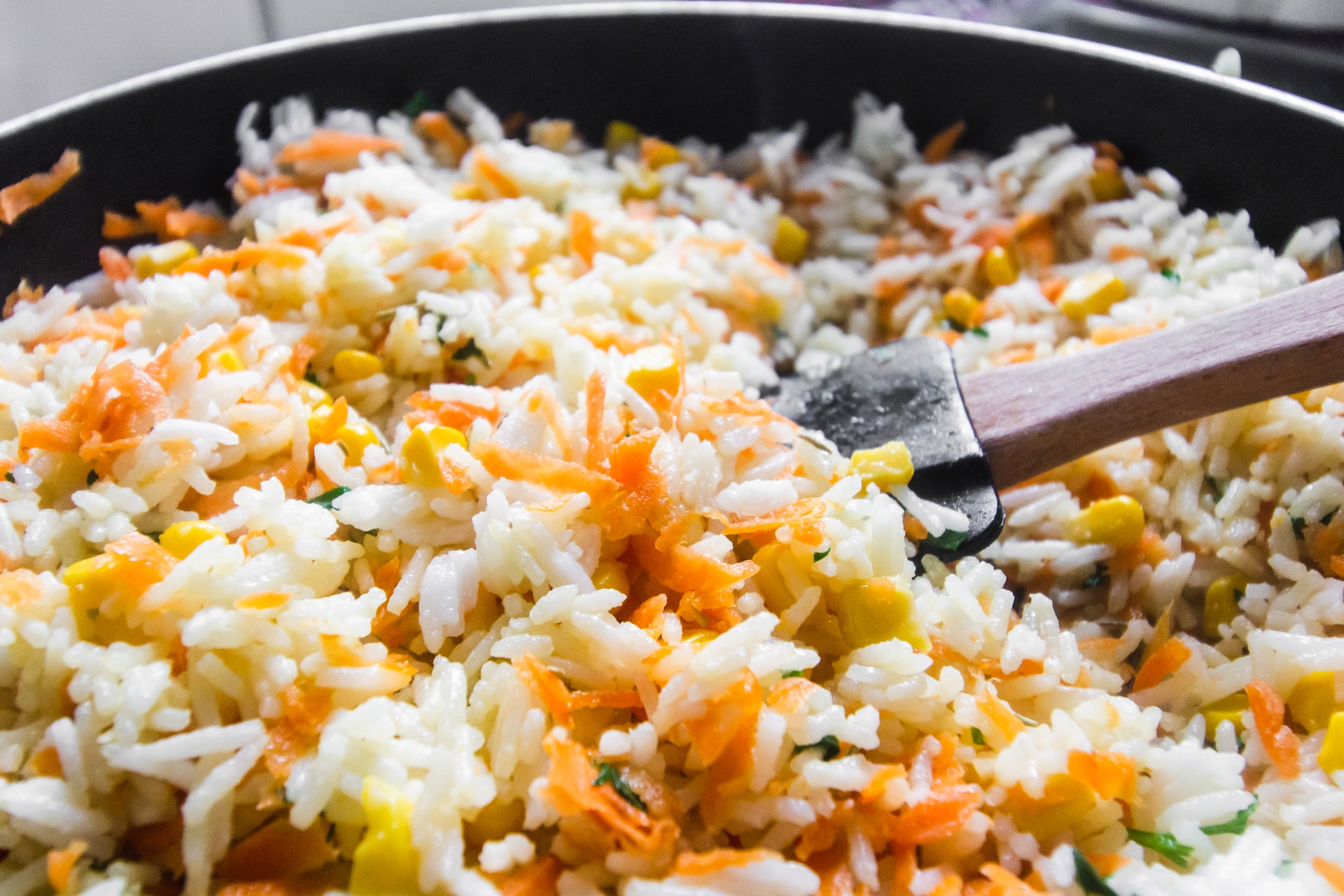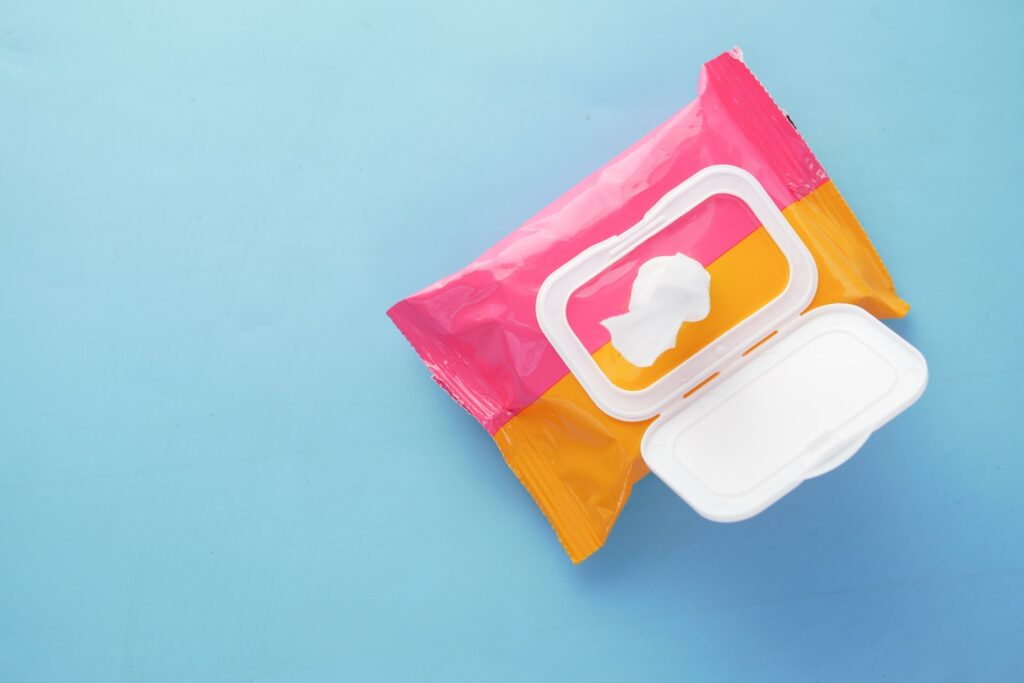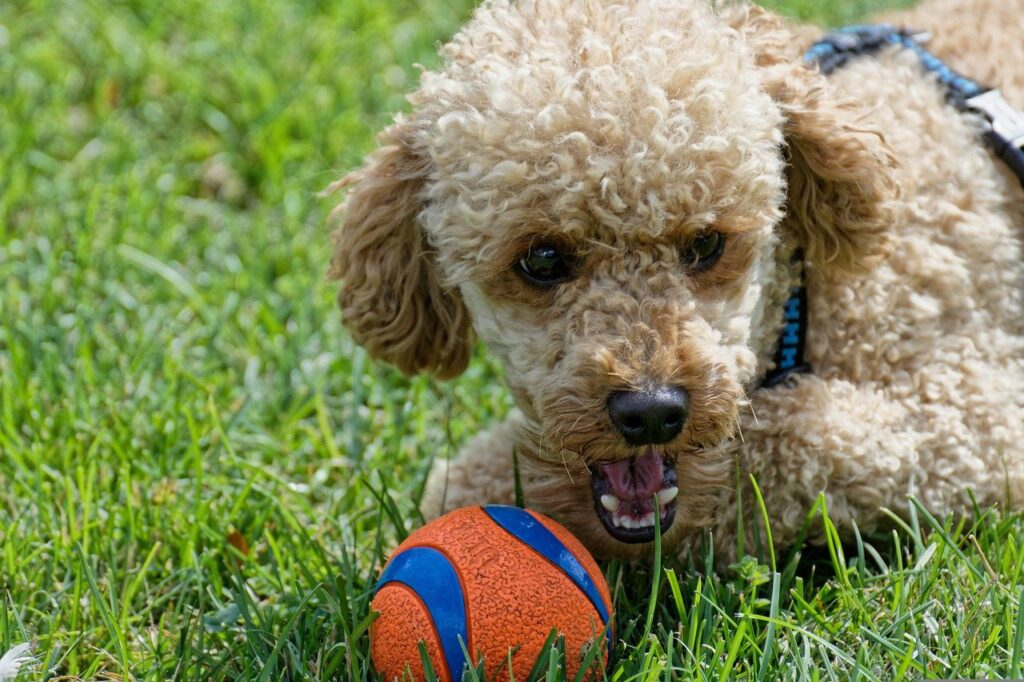Rice is a very common food ingredient that is part of different cultures. It exists in many different varieties including brown, white, and wild, among others. But can dogs eat wild rice?
Yes, dogs can eat wild rice. It’s a great option for a food that is rich in fiber and minerals. Make sure to always cook it thoroughly before feeding. You can try out a few recipes and let your dog decide which one it likes.
- What exactly is wild rice, and how does it differ from other rice types?
- What nutrients are present in wild rice?
- How to introduce this rice into your dog’s diet
- What are some recipe ideas featuring wild rice?
- How does wild rice stack up against other common dog-friendly grains?
- How much rice can a dog eat?
What exactly is wild rice, and how does it differ from other rice types?
Rice is a staple in most households as it provides many nutrients. “Rice is a food staple for more than 3.5 billion people around the world, particularly in Asia, Latin America, and parts of Africa.”, according to National Geographic. There are many known types of rice including white, brown, basmati, jasmine, and wild.
Wild rice, scientifically known as Zizania, is a unique and nutritious grain that grows in shallow waters. It is commonly found in America and Canada. It is especially present in California and Minnesota. Unlike the more common rice grains, wild rice has a rich nutty flavor and a chewy texture.
What nutrients are present in wild rice?
The nutritional value of wild rice for dogs is high. These little grains are rich in fiber, antioxidants, and essential amino acids. This rice also has high protein amounts, which helps support muscle maintenance and repair. The fiber content aids in digestion, preventing constipation and promoting regular bowel movements. Antioxidants are great for the immune system. Dr. Jennifer Coates for PetMD says this about antioxidants:
| They can donate electrons to free radicals without becoming free radicals themselves, thereby breaking the cycle of molecular and cellular damage. Therefore, an ample dietary source of antioxidants is essential if a pet is to maintain a strong immune system throughout its life and age in a healthy manner. |
Additionally, wild rice contains minerals, such as phosphorus and magnesium, that strengthen bones and maintain a healthy heart rhythm. This rice is also gluten-free compared to other rice types, which makes it perfect for dogs with sensitive digestive systems. This rice also makes dogs feel full for longer, reducing the risk of weight gain.
How to introduce this rice into your dog’s diet
Preparing wild rice for dogs starts by choosing the right rice in the store. Choose one from a reliable company. After you take it home, make sure to properly rinse and drain it so it is clean. Then you can boil it in water without adding any additional seasonings. Afterward, drain the rice and you can serve it cold. Using a rice cooker can also work.
When serving the rice, include other nutritional food to make the ideal meal. Some cooked chicken or turkey can be a great source of protein. Adding veggies will also help add additional nutrients to your dog’s diet. Pumpkin is great for dogs with diarrhea and can be mixed in with some rice to benefit your dog’s digestive health.
What are some recipe ideas featuring wild rice?
Cooking for your dog is a fun and nice thing to do for your furry friend. If you are considering adding wild rice to your dog’s diet, then you can try cooking these dishes.
Wild rice and shredded chicken treat is made by mixing this cooked grain with some shredded chicken. Over the mix, you can add a drizzle of olive oil and shape it into bite-sized balls. Afterward, you can cook them in a preheated oven at 350°F for 15-20 minutes. After this, you can serve it to your dog. They can also be cooled and refrigerated for up to a week.
Blueberry and dual rice delight is a meal made when you mix cooked wild rice, brown rice, fresh blueberries, and cottage cheese.
How does wild rice stack up against other common dog-friendly grains?
There are some other healthy grains for dogs that offer nutritional benefits similar to the benefits of wild rice for dogs. Oatmeal is a good option that adds a high amount of fiber for dogs while avoiding gluten sensitivity. Quinoa contains a lot of protein and is commonly used to make dry dog food.
Barley is another great source of carbs, that is also filled with fiber, selenium, and phosphorus. Buckwheat contains many minerals, and amino acids, and is gluten-free. All of these options are great if you want to make the meals for your dog interesting and change things up a bit.
How much rice can a dog eat?
If you want your dog to have a balanced and complete diet, you need to reduce its rice intake to a lower amount. Aim for it only to be around 10% of the daily caloric intake. If dogs have more carbs than this, they are at risk of developing obesity or diabetes. You need to notice the signs of obesity early and prevent it from happening in your dog. The National Research Council of the National Academies state in their Science-Based Guide that:
| Your dog is overweight if you cannot feel its ribs, see fat deposits over its back and the base of its tail, discern no waist behind the ribs when viewed from above, and see no abdominal tuck in profile. |
Larger dogs can have around ⅓ cup of dog-friendly wild rice, every 2-3 times per week. Smaller dogs should have less than that. You should always start by giving smaller amounts at first and see how your dog reacts to the food. If everything is fine, you can slowly give larger amounts.
The amount of food you give to your dog will also depend on its health and energy levels. More energetic dogs need more calories because they spend more of their energy throughout the day. The same goes for dogs that have some health problems. They require a higher amount of calories because they need to heal.
Final thoughts – Can dogs eat wild rice?
Wild rice can be a great addition to a dog’s diet if used properly. The grain is filled with all types of nutrients that are essential to the dog’s diet. Protein, fiber, and amino acids are only some of the benefits it can bring.
Whenever you feel like adding this rice to the dog’s daily intake, you need to make sure and mix it with other dog-friendly foods. Lean meats and veggies mix perfectly with rice and provide additional essential benefits. Even if it is great for dogs, you should still not overfeed your dog with this grain as it also has its own drawbacks. If you need more help with feeding your dog, ask for a veterinary opinion.
FAQ
Can dogs eat uncooked rice?
No, dogs should never eat uncooked rice. Eating it without it being cooked will lead to gastrointestinal problems. Sometimes, it can cause a blockage in the intestines which can be life-threatening.
Can dogs be allergic to rice?
Even though rice is considered a hypoallergenic ingredient, it can still cause sensitivities in dogs. This is a rare allergy, but dogs that are sensitized to rice will develop an allergic reaction when in contact with the allergen.
Can diabetic dogs eat wild rice?
Diabetic dogs can eat wild rice, but you should be very careful when feeding it. It is full of carbs, but it doesn’t have a high glycemic index which is a good thing. Give only small amounts and ask a veterinarian for advice.
Does rice harden stool in dogs?
Yes, eating rice can lead to the dog’s stool getting harder and bulkier due to the high amounts of fiber. The ingredient amylopectin also plays a part by making it hard for the body to absorb water. All this leads to constipation.
Can rice give dogs diarrhea?
Yes, if your dog doesn’t know when to stop eating and ingests very high amounts of rice, it will experience diarrhea. This is due to the enzyme called amylase found in rice which breaks down food into smaller pieces.
More dog nutrition resources
Here are a few other resources talking about giving certain foods to dogs and the effect they have on their health.
- Can dogs have ritz crackers
- Can dogs eat vegetable soup
- Dog ate uncooked rice
- Can dogs eat canned green beans
- Can dogs eat ice cream cones
You can find a lot more information on the types of food you can feed your dog on our site Dogisa!
What To Do If Your Dog Ate A Baby Wipe: Advice And Solutions
Dogs like to chew on things and sometimes they will get their chompers on something…
Do Poodles Pick A Favorite Person? – How To Be The Favorite
Poodles are loving and intelligent dogs that will fit in perfectly with your family. And…
Do Poodles Bite? – Reasons For Biting And How To Control It
Poodles are a cute dog breed that is very popular among dog owners. People usually…
Why do Dog Leave Odorless Wet Spots? And how to treat them
It is not uncommon for dog owners to notice that their dog leave odorless wet…
Why Does My Dog Only Have Diarrhea At Night? [How To Help]
Diarrhea is not an uncommon thing and most dogs will suffer from it at least…
A Complete Guide To The Corgi Heat Cycle [+ Tips]
Going into heat is what we refer to when we talk about periods in dogs….







